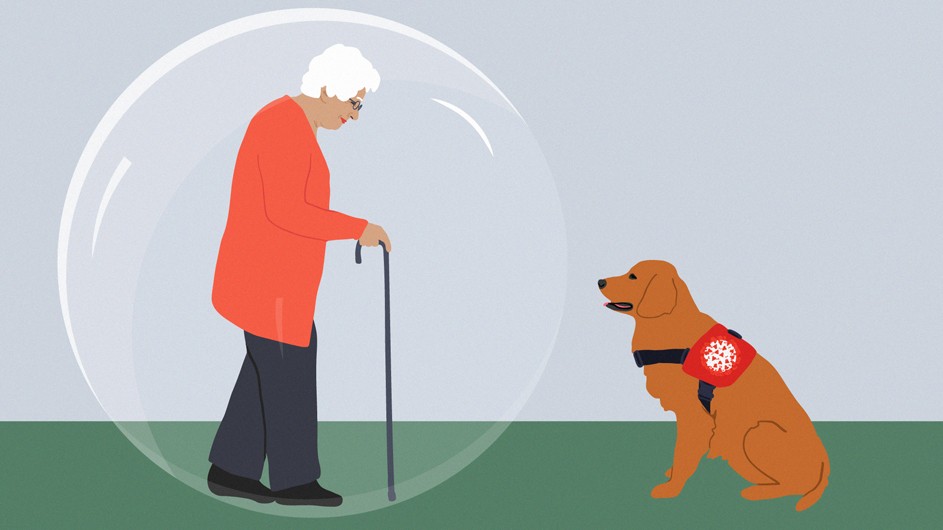This is part of a Columbia News series, titled Lessons Learned, which invites the Columbia community to reflect on the pandemic and the insights they have gained from their COVID-19 experience. These essays speak to the innovation, creativity and resourcefulness we have witnessed during this period of unprecedented challenge, as well as some of the silver linings in the actions we have had to take by necessity.
The manner through which the pandemic ravaged nursing homes has highlighted the way we had forgotten and abandoned our elderly, our grandparents, friends and loved ones.
As the first line of defense against COVID-19, nursing homes limited or completely stopped visits from family and volunteers. For hospice patients, social interactions with caretakers, family members and pet therapy animals played a very important role in making their days comfortable.
Unfortunately, the pandemic has made it apparent that we did not have contingencies in place if such social interaction would be limited or, in many cases, eliminated due to social distancing.
As a researcher in infection control and palliative care in nursing homes and a hospice pet therapy volunteer, I have seen the struggle between ensuring patient safety and combating loneliness and social isolation in nursing homes.
Some patients, particularly those who suffer from advanced cognitive illness, may not even comprehend why such drastic changes occurred. The psychological impact of the isolation and fear has been devastating as well as the feelings of helplessness among families and staff.
There is, however, a silver lining that has emerged from this crisis. Realizing how vulnerable the elderly can be in a pandemic, there has been a renewed interest and focus on improving care in nursing homes. Virtual visits facilitated by increased use of tablets have allowed families and friends to stay connected with their loved ones.
Thanks to Zoom and Facebook, people have been able to maintain and even rekindle relationships with nursing home patients. Flexible and remote opportunities such as this have spurred an increase in volunteering with the elderly. Programs such as the “seniors for seniors,” where high school seniors connect with nursing home patients, have taken off.
This use of technology is not new; yet because of underfunding and understaffing at nursing homes, these tools were not implemented until the pandemic. Widespread use of these technological solutions in elder care has the potential to transform health care and social support networks.
While in-person interactions cannot be replaced, virtual interactions can lessen the impact of isolation while giving others more flexibility and time to spend with the elderly.
As I attempt to bribe my dog with treats to look at the phone camera for virtual pet therapy sessions, I am reminded of this quote from The Fellowship of the Ring, by J.R.R. Tolkien:
"The world is indeed full of peril, and in it there are many dark places; but still there is much that is fair, and though in all lands love is now mingled with grief, love grows perhaps the greater."

